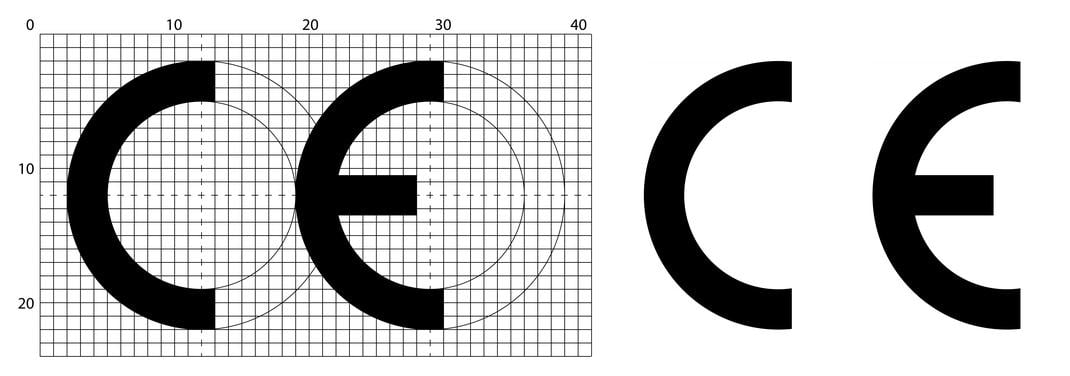- Services
- Industries
- Automotive
- Battery
- Building inspection
- Fire alarms system testing
- Household appliances
- Installation materials
- Industrial machinery
- IT & audio video
- Laboratory, test & measurement
- Lighting equipment
- Maritime, oil & gas
- Medical & healthcare equipment
- Military & aerospace product testing
- Wireless & telecom
- Resources
- About
- Blog
- Events
If your product is assembled entirely from CE marked components, does it automatically meet the criteria for CE requirements?
At Nemko we often find that manufacturers using CE marked components believe that their product will meet CE requirements with no further testing, or that it can automatically be declared compliant with all relevant directives, and CE marked. This is not the case, whether the new product is made up of two, several or numerous CE marked components.
Any company launching a product to market must ensure that the product complies with all legal requirements. It is the manufacturer's responsibility to assess how the end -product may have changed the properties of any components.
Flawed CE + CE = CE approach
Why is this? Even though the new product consists exclusively of CE marked components, it is impossible to know how they will interact. Some examples: a transformer or lamp may overheat if enclosed incorrectly, a power supply may overheat if overloaded, two electronic components may generate higher EMC together than either one does alone.
Therefore, you cannot assume that the new product automatically meets the requirements for CE marking. This is something that is often misunderstood. When acting upon this misconstrued belief, they are taking what is called “the flawed CE + CE = CE approach.”
In fact, the new product is more than the sum of its parts. CE + CE + CE does not equal CE, and there is no legal case to argue otherwise. This applies to all directives, but the case is stated clearly in the official guide to the EMC Directive 2004/108/EC, which makes looking at that text useful.
Systems and combinations
The answer is found in section 1.2.2 Combination of finished appliances (systems).
“A combination of several finished appliances which is made commercially available as a single functional unit intended for the end-user is considered to be apparatus. (…) All provisions of the EMC Directive, as defined for apparatus, apply to the combination as a whole.
The guide continues:
“It should be noted that combining two or more CE marked finished appliances does not automatically produce a “compliant” system…”
Combined system is treated as a new product
As with a completely new product, the technical documentation must include a justification as to how the end product complies with current requirements. A risk analysis should be performed for the product to see if it is compliant when launched to market.
If the combined device has not been CE marked as a new product, manufacturers risk fines, with the assembled product being withdrawn from the market. And importantly, safety issues may be discovered upon further testing, which means that the assembled product may potentially either harm people or cause material damage.
For more information about CE marking, please watch our on-demand video or feel free to contact us.
Frode Lukassen
Frode Lukassen has held several management positions within the enterprise segment dealing with B2B business. This has given a broad industry knowledge covering technology and services as well as operational knowledge in different roles in sales, marketing and support. In his recent positions, his focus has been on...

